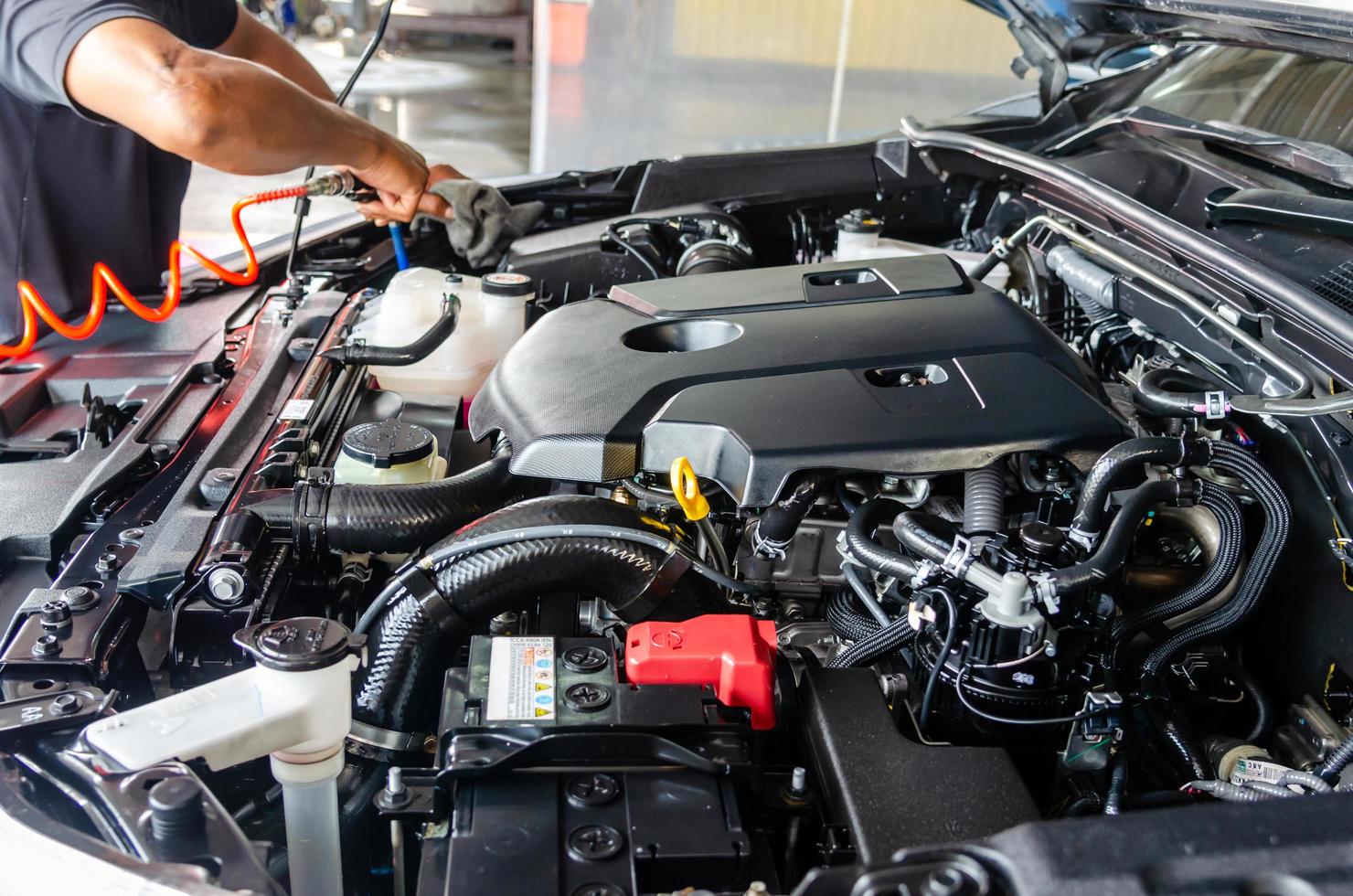
Regular maintenance to keep engines running smoothly.
Inspections, replacements, and repairs of brake pads, rotors, and calipers.
Identifying and fixing engine issues using diagnostic tools.
Transmission fluid changes, repairs, and replacements.
Ensuring smooth and safe handling by repairing shocks, struts, and other components.
Diagnosing and repairing HVAC systems for comfortable driving.
Testing, charging, and replacing vehicle batteries.
Rotation, balancing, repair, and replacement for tire longevity and safety.
Adjusting the angles of wheels to the manufacturer’s specifications.
Fixing mufflers, exhaust pipes, and catalytic converters for proper emissions.
Repairing and maintaining electrical components like lights, alternators, and starters.
Cleaning and repairing fuel injectors, fuel pumps, and other fuel system parts.
Replacing timing belts to prevent engine damage.
Comprehensive inspections and tune-ups to catch issues early.
Ensuring vehicles meet local safety and emissions standards.
Maintenance and repairs for commercial vehicle fleets.
Assessing a used vehicle’s condition before buying.
Using software tools to pinpoint issues accurately.
Adding parts or tuning to improve vehicle performance.